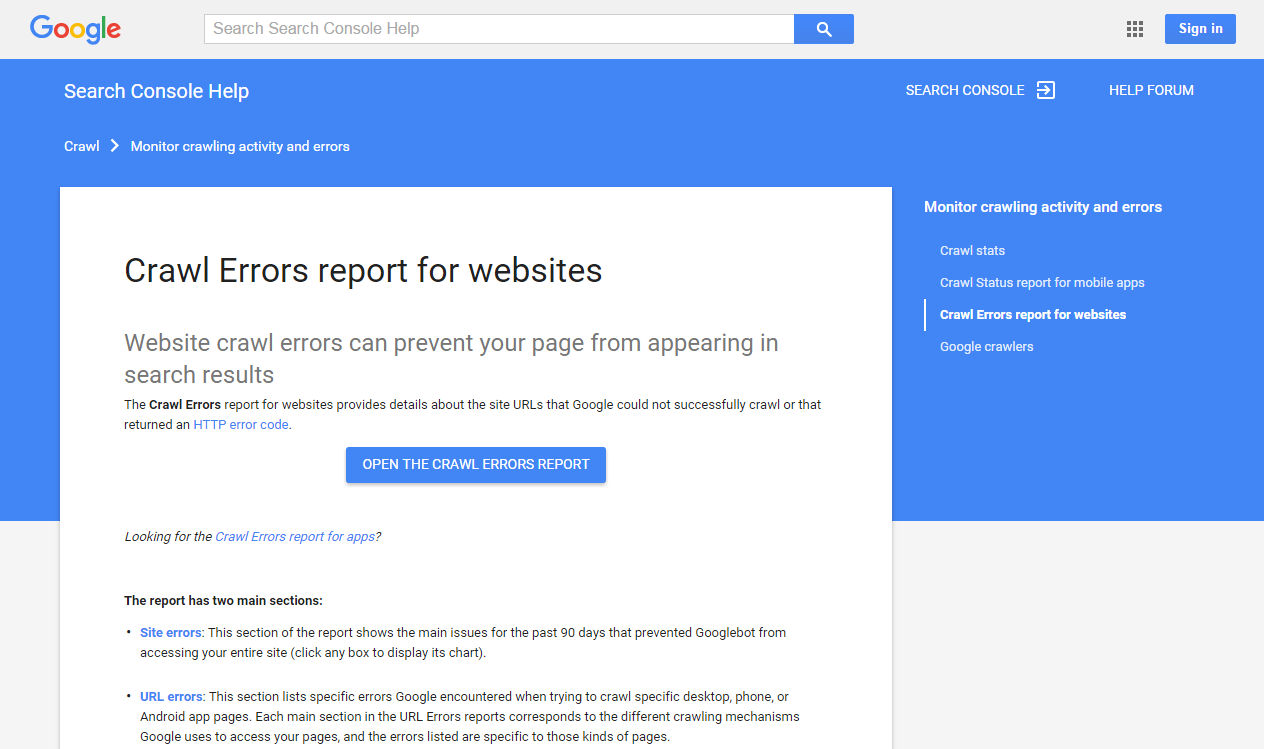A successful product page uses high-quality product photos, digestible content and a clear call to action (CTA) to sell merchandise online. Most people don’t realize that these are also important SEO elements, and with the right tweaks you can turn product pages into a powerful customer acquisition vehicle in organic search.
Here are three important things to have to kick off your product page SEO planning.
1. Search-friendly URL architecture
Product page SEO requires accessible content. SEO-friendly URL architecture is the first step for basic indexation and crawlability requirements that allow search engines to expose your product page for relevant search terms.
The ideal product page URL structure looks like this: domain/store/product-name
The closer your product name is to your top-level domain (TLD), the more weight will be provided to that name in search. This structure also makes it easy for visitors to remember and share links, regardless of anchor text. This human-shareability element is vital for SEO, as it promotes external ranking metrics.

If you need to add variables to the product name, choose search-friendly characters like dashes and numbers. If your content management system (CMS) or pre-defined development architecture demands different characters, use the Google Webmaster Tools Crawl Errors Report to get a full set of URLs and response codes to test your site for errors. You can dive deeper into specific pages with Fetch as Google for additional error checking.
2. Nimble title tags
Nimble title tags balance keyword placement with strong, actionable calls to action that drive clicks.
The keywords in title tags are weighted heavily by search engines, representing one of the single most important places for on-page keyword placement. Title tags are also one of the most important factors for improving click-through rates from search because they’re the first thing visitors read when they see your site in a search engine results page (SERP).
User intent is important to consider when constructing title tags. Remember that most of your product pages will surface through specific, long-tail keyword queries, so users will have very distinct needs that your title tag should address. Product pages with title tags like <title>Product Name #1455</title> miss out on keyword opportunities and fail to capture user intent.

Let’s take a look at an example from this search query: men backpacking checkered longsleeve
For this search an REI product page outranks Amazon in Google, featuring the title tag: <title>Columbia Silver Ridge Plaid Shirt – Men’s – REI.com</title>
REI’s title tag addresses user intent, answering questions from the searcher with relevant keywords for the search engine. Making a title tag work for both humans and robots means better click-through rates, an important ranking factor on its own, which will help your product pages climb in rank.
3. Structured data
Maximise clickability by exploring structured data opportunities on product pages. Structured data improves click-through rates and attracts attention in an increasingly crowded SERP landscape. Review data, pricing information, product specs and even images are all showing up in search with proper structured markup implementation.
This guitar pedal listing from Musician’s Friend uses structured data from Schema.org’s product properties to display review stars, review count, price and in-stock data directly in search results, creating an informative and attractive SERP placement for the product page.
The markup is relatively simple, with AggregateRating used for the stars and Offer markup used for the price. The content not only pops out in the SERP, but it also provides important trust signals by displaying information directly to visitors.
Use Google’s Structured Data Testing Tool to validate any markup before you push it live on your product page. As search engines continue to improve entity-based search, structured data will become more and more valuable, so structured data gets you ahead of the curve for future algorithmic updates.
These strategies are just the beginning for product page SEO. Once implemented, you can start to focus on improvements in areas like keyword research, content creation and much more!








